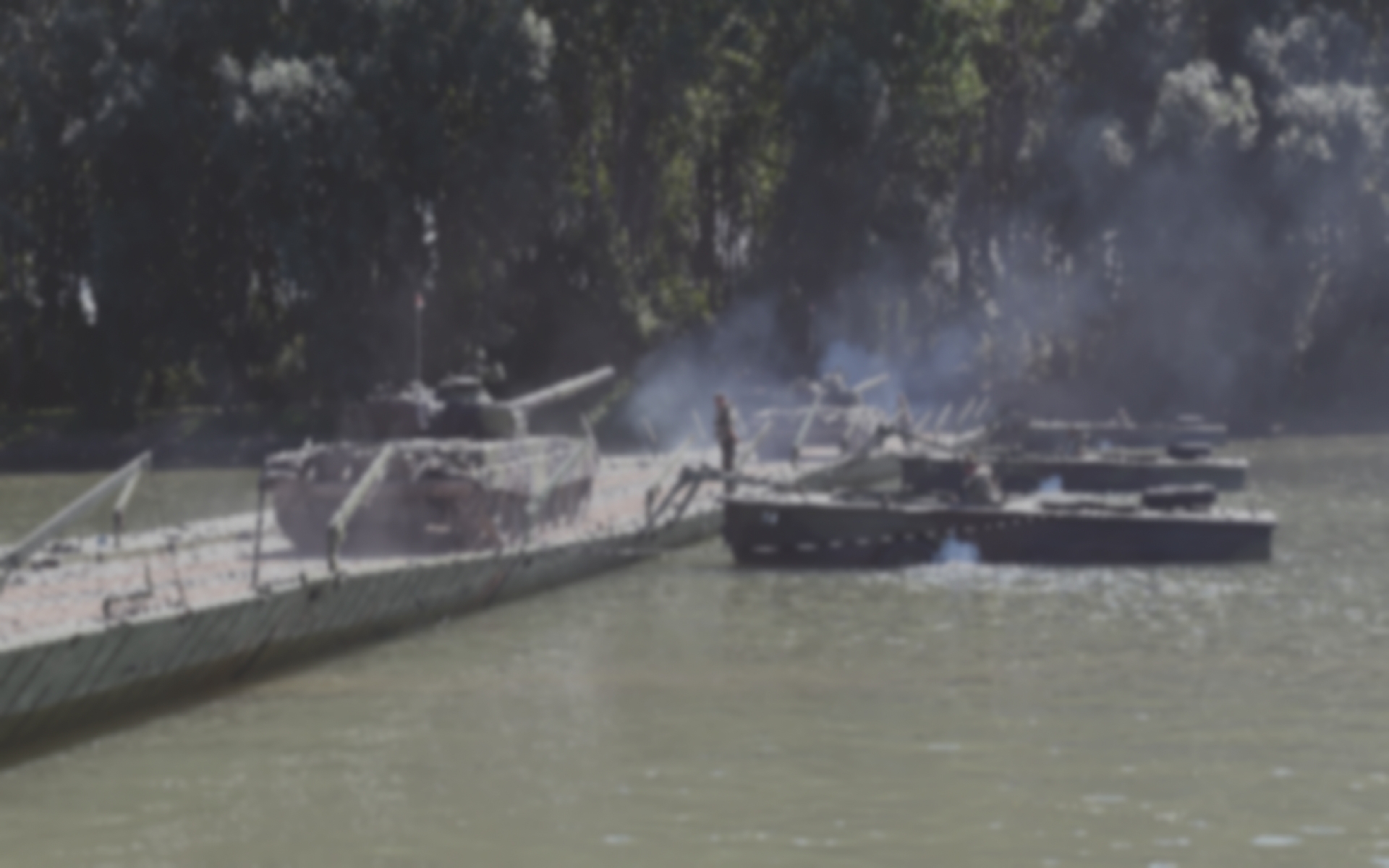COMMEMORATION OF THE DEATHS OF GENERALS MISIC, PUTNIC AND BOJIC
Tuesday, 20.1.2009 | Culture and traditions
The commemoration of the deaths of Generals Zivojin Miosic and Petar Bojovic, as well as of army general Pavle Jurisic Sturm, was held today where commutative wreaths were laid on their tombs at Novo groblje.
The commemoration of the deaths of Generals Zivojin Miosic and Petar Bojovic, as well as of army general Pavle Jurisic Sturm, was held today where commutative wreaths were laid on their tombs at Novo groblje.
Besides the representatives of the Ministry of Labour and Social Policy and the delegation of the MoD, led by Brigadier General Dragan Avric the representatives of numerous associations also laid wreaths.
General Zivojin Misic died on 20 January 1921, while General Petar Bojovic on 19 January 1945, while the army general Pavle Jurisic Sturm died on 22 January 1922 in Belgrade.
In the Balkan wars, Misic was an Assistant Chief of Supreme Command HQ of the General Radomir Putnik, and he is best known for his excellent assessment of the situation on the first day of Bregalnica battle, when the Serbian supreme command was considering where to launch the battle. Adopting his proposal was crucial for the further development of events and the outcome of this decisive battle in the Second Balkan War.
In the First World War, during the Kolubara battle in 1914, Misic was given command of the First Army, which turned into a formation capable of fighting thanks to him setting a personal example.
In WWI, Bojovic was the Chief of the HQ of the First Army which won the Kumanovo and Bitol battle. In the Secodn Balkan War in 1913 against Bulgaria, he was the Chief of the First Army HQ which won the Bregalnica battle. He also participated in the peace negotiations with Turkey in London in 1913.
In January 1916, Bojovic was appointed Chief of the Supreme Command instead on the sick General Radomir Putnik while in 1921, he was appointed Chief of HQ instead of the deceased General Zivojin Misic.
Sturm commanded the Drina division during the Balkan wars, and this division stood out especially during the Kumanovo battle, breaking through the Turkish defense lines. He was the Chief of the Third Army at the start of WWI, with which he won the glorious victory in Kolubara battle.
Besides the representatives of the Ministry of Labour and Social Policy and the delegation of the MoD, led by Brigadier General Dragan Avric the representatives of numerous associations also laid wreaths.
General Zivojin Misic died on 20 January 1921, while General Petar Bojovic on 19 January 1945, while the army general Pavle Jurisic Sturm died on 22 January 1922 in Belgrade.
In the Balkan wars, Misic was an Assistant Chief of Supreme Command HQ of the General Radomir Putnik, and he is best known for his excellent assessment of the situation on the first day of Bregalnica battle, when the Serbian supreme command was considering where to launch the battle. Adopting his proposal was crucial for the further development of events and the outcome of this decisive battle in the Second Balkan War.
In the First World War, during the Kolubara battle in 1914, Misic was given command of the First Army, which turned into a formation capable of fighting thanks to him setting a personal example.
In WWI, Bojovic was the Chief of the HQ of the First Army which won the Kumanovo and Bitol battle. In the Secodn Balkan War in 1913 against Bulgaria, he was the Chief of the First Army HQ which won the Bregalnica battle. He also participated in the peace negotiations with Turkey in London in 1913.
In January 1916, Bojovic was appointed Chief of the Supreme Command instead on the sick General Radomir Putnik while in 1921, he was appointed Chief of HQ instead of the deceased General Zivojin Misic.
Sturm commanded the Drina division during the Balkan wars, and this division stood out especially during the Kumanovo battle, breaking through the Turkish defense lines. He was the Chief of the Third Army at the start of WWI, with which he won the glorious victory in Kolubara battle.








